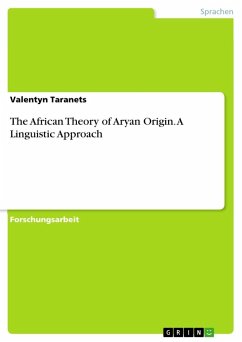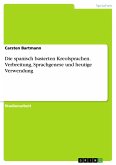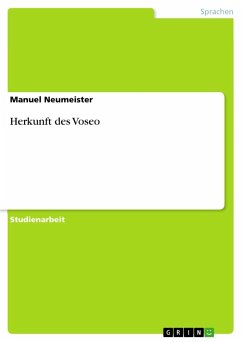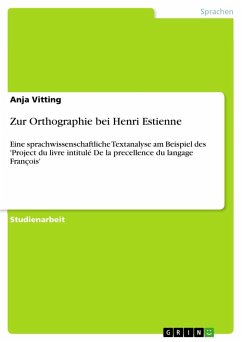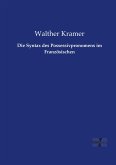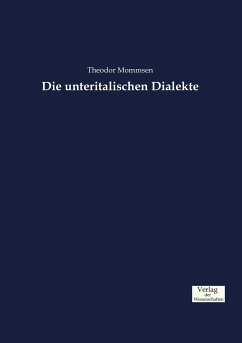Forschungsarbeit aus dem Jahr 2018 im Fachbereich Französische Philologie - Linguistik, Note: 4,0, Internationale Universität für Geisteswissenschaften Odessa, Sprache: Deutsch, Abstract: In this work the problems of origin and migration of Aryans and especially the development of their language have been studied. The analysis of these problems has led to the formation of the African theory of the Aryan ethnic group origin. This hypothesis is the cornerstone of this monograph, covering all of its chapters. As the material testifies, primary signs of the phonetic formation of the Indo-European protolanguage have their origin in the Bantu languages and other languages of Africa. They explain the «law of open syllables» in Slavic languages.In general, the linguistic analysis indicates the migration routes of the Aryans, who departed from the African continent in about VII century B. C. and headed off in the direction of Asia Minor and the Mediterranean coast. At that time the Aryan community split into two groups - the Western, which went from Asia Minor to the Balkans, forming Hittite, Armenian, Greek, Albanian languages, and Eastern group, which travelled through the Caucasus from the East and met with Finno-Ugric tribes. Subsequently, the Aryan group was divided into two subgroups: the Eastern, which went to China to form the region of Ordos (Tocharian language), and the Western, which occupied the Northern Black Sea steppe of Ukraine to the Carpathians.In III Millennium B. C. there has been a breakdown of this Aryan ethnic group, which gave birth to Slavs, Balts, Germans, Celts, Illyrians and Thracians who migrated into Central and Northern Europe. Earlier Indo-Iranians moved through the coastal lands to the North of India. On the whole, this study demonstrates convergent development of peoples, according to which the Aryans initially consisted a heterogeneous ethno-lingual totality which, on the basis of territorial proximity and Gentile, formed into a relatively unified ethnic group and «higher» language (Koine) which evolved into Indo-European languages.

